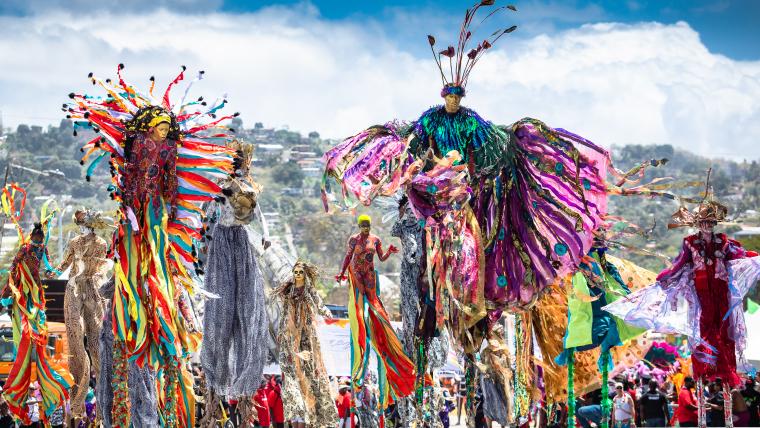
Showcasing the larger-than-life spirit of the moko jumbie stilt dancers
Towering beings wander the streets of Trinidad and Tobago. Their fierce gold, red, and blue costumes create a kaleidoscopic show like no other. On the ground, Maria Nunes gets her camera ready. The photographer has been documenting the moko jumbies as a commemoration of their culture. Through her lens, she’s illuminating Trinidad and Tobago’s rich heritage of stilt dancing.
The moko jumbies stem from Western African spirits, whose height allowed them to watch over and protect villagers. When West Africans were brought across the seas and enslaved by the Spanish, they retained their beliefs. Stilt dancing became an integral form of their ancestral expression. “Moko jumbies are a wonderful sign of resilience,” Nunes says. “It manifests through the bodies.”
During the Trinidad and Tobago Carnival, a two-day festival that originated in the 18th century, citizens blanket themselves in extravagant costumes and perform intricate dances on stilts. Today, the limbo, stoop, air split, and lara are some of the many moves moko jumbies execute in honour of their history. “Tradition is not something stuck,” Nunes says. “Tradition is always evolving.”
With her dazzling photographs, she is bringing the dance and its culture to the forefront. “Moko jumbie is an ode to our ancestors,” Nunes says. In the face of a traumatic past, this community continues to celebrate the strength of their people.
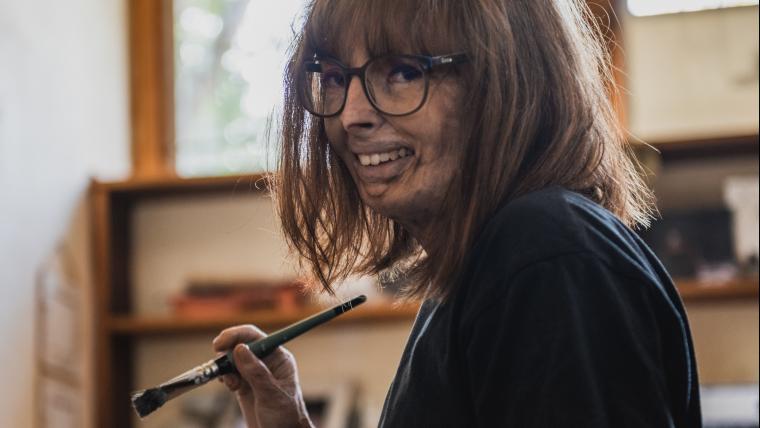
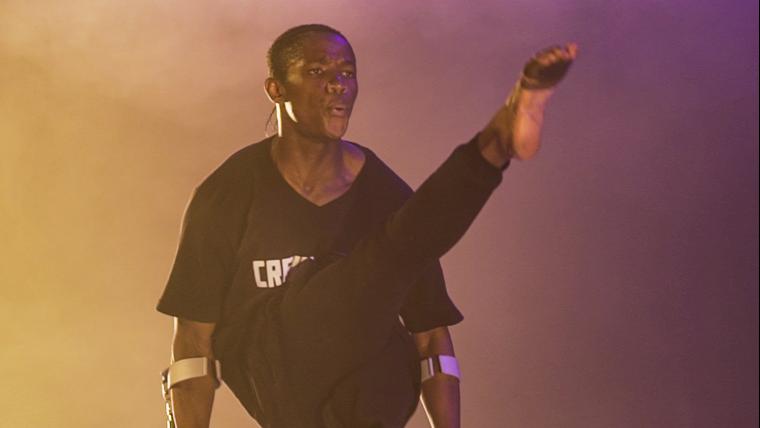
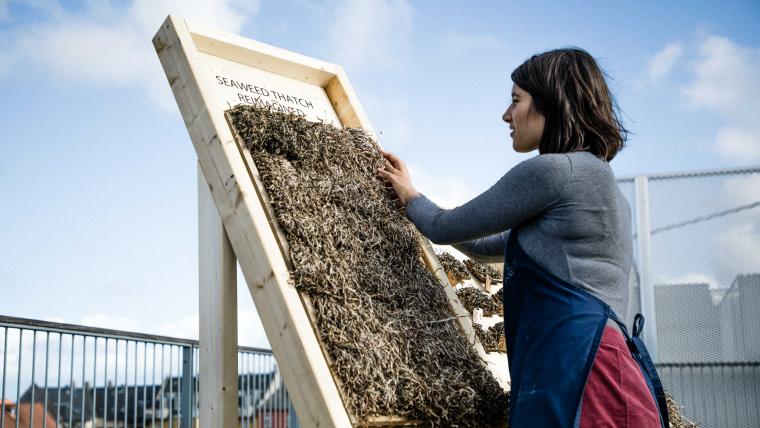
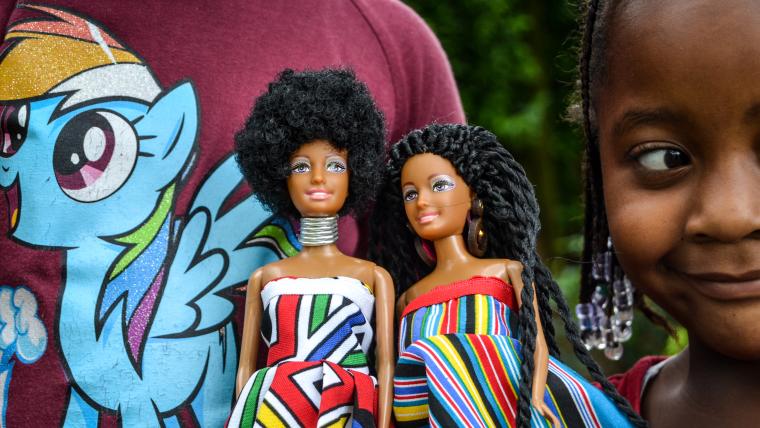
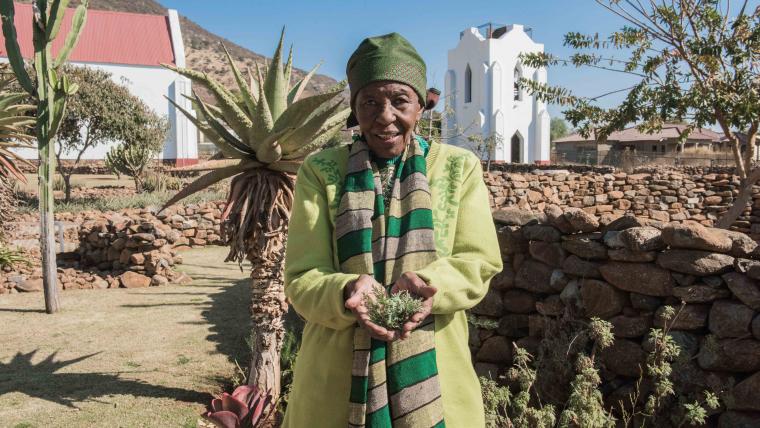
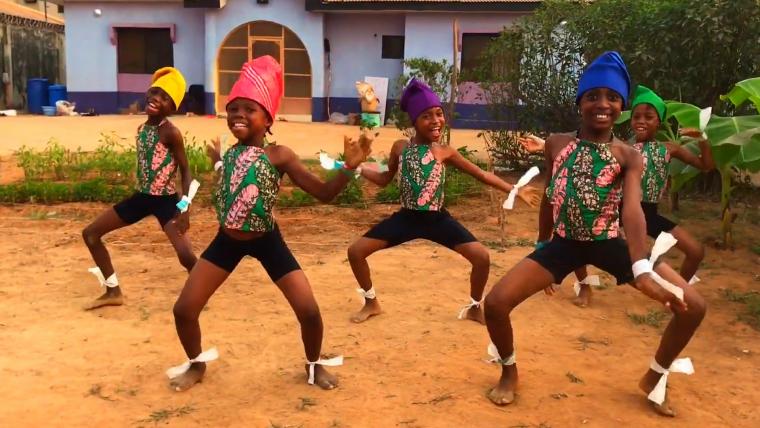
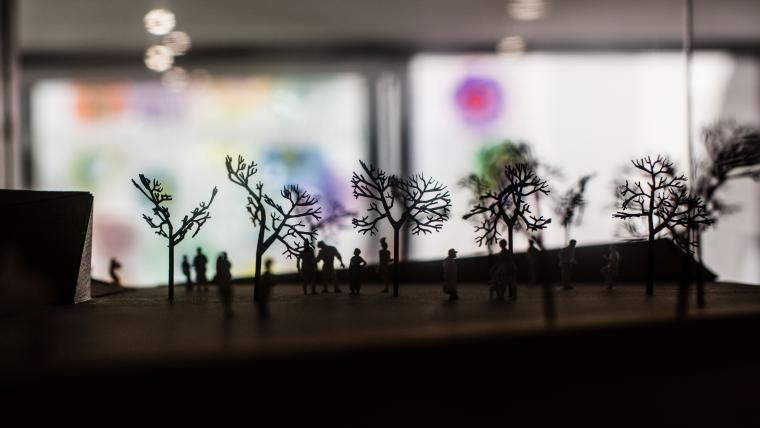
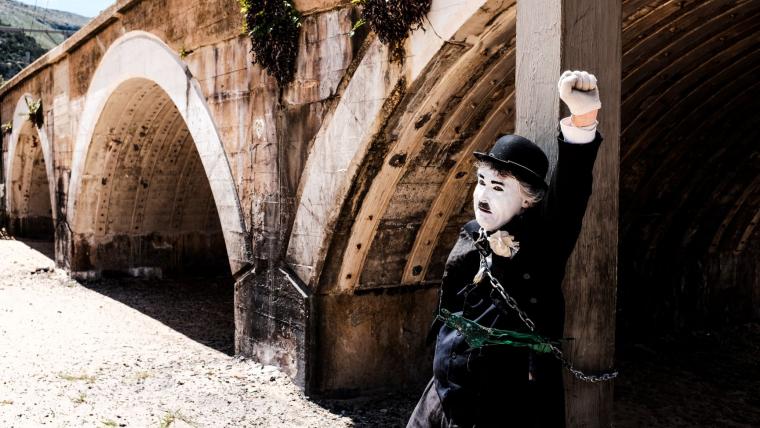
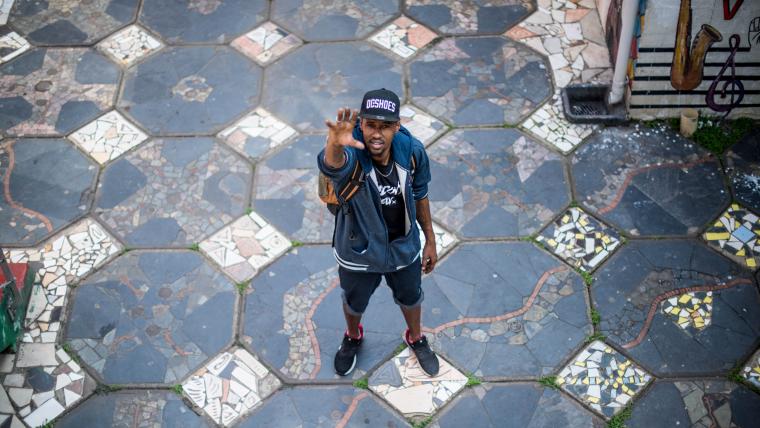





















Please sign in to leave a comment